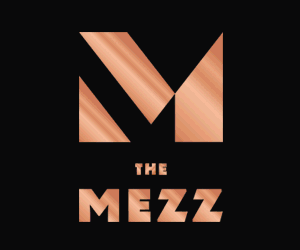CHINA is to station a red army in Liverpool and the city is expected to welcome them with open arms.
In what is seen as a major cultural coup for the city, the world famous terracotta warriors are to go on show at the World Museum for six months in 2018.
In a paid admission show, the warriors will be a star attraction as Liverpool celebrates its decade on from being the European Capital of Culture in 2008.
It will be the first time in more than 30 years that spectacular Class 1 National Cultural Treasures from the tomb of China’s First Emperor, Qin Shihuangdi, have been brought to a museum in Britain outside London.
Dr David Fleming, director of National Museums Liverpool said the exhibition is expected to attract visitors from across Britain and mainland Europe.
Mayor Anderson said attracting the Terracotta Warriors to Liverpool shows how far this city has come since its 08 culture year.
He said: “Pre-2008, it is unlikely an exhibition of this standing would have been staged here, but now our reputation for championing culture and the arts means we are a city in demand.”
Liverpool is planning to host a number of international events in 2018.
Secretary of State for Culture, Media and Sport Karen Bradley, who announced the event, said: “The Terracotta Army represents one of the most significant archeological excavations of the 20th century, and I am delighted that a selection of the warriors will be coming to Liverpool, for the first time in 2018. I am sure that the exhibition will be very warmly received by the people of Merseyside and beyond as Britain welcomes back the Terracotta Warriors.
“The exhibition will also encourage an ongoing cultural exchange between China and Britain, further progressing the relationship between our two nations and strengthening lasting ties.”
Planned for a run of more than six months, from February to October 2018, visitors to World Museum will be given a glimpse into the extraordinary story of Qin Shihuangdi, the first emperor of China (221 to 206 BC).
His vast burial site and tomb complex was discovered near Xi’an in North West China in 1974, and the story of the tomb’s terracotta warriors will be displayed alongside important artefacts and research relating to the formative years of the Chinese nation, from the pre-unification Qin kings (307 to 221 BC) to the first emperor’s legacy in the Han dynasty (206BC to 220AD).
David Fleming, director of National Museums Liverpool, said: “We are hugely excited to have signed a Memorandum of Understanding to bring an exhibition of such international importance to World Museum, and to be working with Shaanxi Provincial Cultural Relics Bureau in this valuable cultural exchange.
“This exhibition will be unprecedented in the UK, offering a new perspective on China’s history. Spanning three periods of more than 500 years, it is set to include a number of objects that have never been on show in this country before.”















